|
The ancient practices of yoga and herbalism have long been revered for their holistic approach to well-being, delving into the intricate connection between mind, body, and spirit. In this exploration, we'll uncover the profound synergy between yoga, specifically spinal twists, the herb fennel, and the Manipura Chakra, also known as the third chakra.
0 Comments
 As the earth gracefully shifts on its axis, we find ourselves amid yet another seasonal transition, preparing for the enchanting arrival of winter. The Winter Solstice is the shortest day and longest night of the year and marks a profound shift in nature's rhythm. It has been celebrated across cultures and traditions as a time of rebirth, renewal, and the gradual return of light. In the hustle and bustle of modern life, this natural pause invites us to slow down, connect with the stillness within, and align with the energies of the season. The powerful synergy of yoga, meditation, Reiki, and herbs can help you connect with your inner stillness during this reflective time. Cultivate Stillness through Yoga, Mindfulness, and Meditation The Winter Solstice beckons us to embrace the stillness of the longest night. With its rich tapestry of postures, breathwork, and mindfulness, yoga serves as an anchor during the turbulent seas of seasonal change. In its truest form, yoga is a preparation for meditation. The body acts like a tool for us to anchor our attention to and ease into a meditative state. Additionally, yoga helps loosen and prepare the body to sit for extended periods. Get into your yoga flow by joining one of our many yoga classes. Take advantage of our New Student Special: $59 for 30 days of unlimited yoga classes at Herbs Love and Yoga in Sandy Hook, CT. Starting A Meditation Practice To Cultivate Stillness and Mindfulness Meditation becomes a potent practice during this time, allowing us to connect with the introspective energy of the season. Consider sitting in serenity, focusing on your breath and the gentle rhythm of your heartbeat. Counting the breath is a simple yet powerful meditation technique that helps focus the mind and cultivate mindfulness. Here's a step-by-step guide to a meditation practice of counting the breath:
4. Start Counting: As you breathe in and out, silently count each breath. For example, as you inhale and then exhale, say "one" in your mind, and as you inhale and exhale again, say "two," and so on.
5. Stay Focused: Keep your attention on the counting. If your mind begins to wander (which is natural), gently acknowledge the distraction, and bring your focus back to the count without judgment. 6. Count to 10 and Start Again: Keep counting the breath until you get to 10. If you get lost in your thoughts or lose count, start over again at 1. 7. Continue for a Set Duration: Continue counting the breaths for a predetermined amount of time. If you're just starting, you may choose to meditate for 5-10 minutes and gradually extend the duration as you become more comfortable with the practice. 8. End Mindfully: As your meditation time comes to an end, gradually become aware of your surroundings. Take a few deep breaths before opening your eyes. 9. Reflect: Take a moment to reflect on how you feel after the practice. Notice any changes in your mental state or overall sense of well-being. This counting-the-breath meditation is excellent for cultivating mindfulness, improving concentration, and calming the mind. Consistent practice can help reduce stress, enhance focus, and promote a greater sense of inner peace. Creating a Meditative Space By Burning Plant Resins Resins such as frankincense and copal help set the mood for meditation and signal to your body through the sense of smell that it's time to begin your practice. To learn more about burning resins, check out this video. Frankincense Traditional Uses: Burn frankincense resin as incense during meditation to ground and protect. Its rich aroma elevates the spirit and promotes a connection to the divine. Copal Traditional Uses: Copal is commonly used in meditation practices and rituals to aid in focus, grounding, and centering. It is associated with promoting mental clarity and calmness. Finding Moments of Tranquility with Reiki In the hustle and bustle of our fast-paced lives, finding moments of tranquility is essential for our overall well-being. Enter the transformative practice of Reiki, a powerful tool for cultivating stillness amidst the chaos. Through gentle channeling of universal life force energy, Reiki creates a sacred space for inner peace to blossom. Join us on this journey of self-discovery as we delve into the art of cultivating stillness, releasing tension, and inviting balance into our lives with our Reiki Certification Courses, FREE Reiki Circles, and Reiki Sessions offered at Herbs Love and Yoga in Sandy Hook, Newtown CT. Herbal Allies to Cultivate Stillness and Reflection Incorporating herbs into your winter routine can be a transformative practice, supporting your well-being in harmony with the changing environment. Herbs such as passion flowers help calm down mental chatter, connect you to your heart center, and nourish the nervous system. Passion Flower (Passionflora incarnata) Traditional Uses: Restless agitation, Improved concentration, Anxiety, Stress, Insomnia, Inflammation, Blood Pressure Regulator Traditional Spiritual Uses: Grounds and centers the mind. Quiets mental chatter. Heightened states of awareness. Passion Flower Focus Tea Recipe: Ingredients:
Instructions:
Want to learn more about herbal medicine in a fun and supported environment? Sign up for our weekly herbal workshops at Herbs Love and Yoga in Sandy Hook, CT or check out our Herbal Medicine Blog and YouTube Videos Embracing Winter’s Tranquility In the gentle embrace of the Winter Solstice, our journey through the seasons takes a reflective turn. This sacred time becomes an opportunity for introspection and renewal. Yoga, with its harmonious blend of postures and mindfulness, anchors us in the stillness of the longest night. Guided by the breath, meditation becomes a powerful companion, weaving us into the introspective energy of the season. To enrich this solstice journey, our herbal allies – passion flower, frankincense, and copal – join the narrative, nurturing our well-being in harmony with the changing environment. As winter's tranquility unfolds, let yoga, meditation, and herbs illuminate your path of self-discovery and well-being. Join our transformative courses, Hatha Yoga Classes, and Herbal Workshops to delve deeper into the essence of the season. Embrace the stillness, release tension, and invite balance with Reiki. Cultivate stillness and reflection with our passion flower-focused tea, a gentle sip of calmness. Winter is the canvas; let yoga, meditation, and herbs paint your masterpiece of well-being. 🌿✨ With Love and Light, Alyssa In the alchemical dance between nature and nurturing, herbal decoctions emerge as a time-honored method, offering a robust infusion of plant medicine. When it comes to hardier, more fibrous plant parts, decoctions step into the spotlight, harnessing the medicinal bounty hidden within. In this exploration, we'll discover why certain plant parts are decocted and unravel the art of preparing an herbal decoction, inviting you to embark on a journey of herbal wisdom. But what exactly is an herbal decoction? Keep reading to find out! What is an herbal decoction? Herbal decoctions are when you boil herbs on the stove in a pan of water for at least 20 minutes. Why Decoct? Unraveling the Tough and Fibrous Nature: Certain plant parts, often the roots, bark, and berries, boast a tougher and more fibrous composition. These tenacious structures house potent medicinal compounds, but their resilience demands a bit more coaxing to release the full spectrum of benefits. Decoction, a method involving prolonged boiling, proves ideal for these hardy plant allies. The extended exposure to heat facilitates the breakdown of cell walls and allows for a thorough extraction of medicinal constituents. If you are preparing a medicinal tea for the more delicate parts of the plant such as the leaves, flowers, or seeds- then you would prepare the tea using a standard herbal infusion Ideal Plant Parts for Decoctions:
Crafting Your Herbal Decoction: Ingredients:
Herbal decoctions stand as a testament to the art of herbalism, where the resilient nature of certain plant parts meets the alchemy of heat, unveiling a potion rich in medicinal depth. Embrace the practice of decoction as you venture into the world of roots, barks, berries, and woody stems. Allow the ritual of boiling to become a conduit for extracting the wisdom of nature, sip by sip, unveiling the potent medicine hidden within.
Interested in learning more about herbs? Join one of our Herbal workshops or sign up for a personalized herbal consultation In the age-old dance between humans and plants, herbal infusions stand as a timeless ritual, a conduit through which we tap into the healing essence of nature. Whether you're seeking a comforting cup for relaxation or aiming to infuse your daily routine with wellness, a standard herbal infusion is a simple yet potent way to harness the nourishing power of herbs. Let's explore what parts of the plants are ideal, the typical dosage, and step-by-step instructions on how to craft a standard herbal infusion.
Embark on a journey into the world of nutritive infusions, where the essence of herbs and plants converges to create potent elixirs brimming with bioavailable minerals and vitamins. In this blog post, we delve into the art of crafting nutritive infusions, exploring their benefits, the herbs that enhance their nutritional prowess, and a simple guide on how to concoct these nourishing elixirs.
In the world of spirituality and energy centers, the second chakra, commonly known as the sacral chakra, plays a crucial role. Nestled in the pelvic region, this vital energy hub is frequently identified as the womb center, intricately linked to creativity, sensuality, and the elemental influence of water. Discover the transformative potential of yoga poses, herbs, and holistic practices as powerful tools to nurture and harmonize your sacral chakra. Explore the offerings of yoga classes at Herbs Love and Yoga in Sandy Hook, CT, for a holistic journey toward balance and well-being, and keep reading to learn more!
According to Traditional Chinese Medicine, each organ is associated with specific emotions, and the kidneys are linked to fear. The kidneys are considered the storehouse of our vital life force, or Jing, and imbalances in this organ can manifest as heightened fear and anxiety.
Welcome to Herbs Love and Yoga, your sanctuary for holistic well-being in Sandy Hook, Newtown, CT! In this blog post, we delve into the world of the first chakra, also known as the root chakra or Muladhara. Discover the transformative power of yoga poses and herbs that resonate with this foundational energy center.
Nestled in meadows and fields, the vibrant red clover (Trifolium pratense) enchants with its delicate blossoms and holds a wealth of herbal wisdom. Let's delve into the world of red clover, uncovering its herbal actions, historical significance, and its unique blend of spiritual and physical benefits.
In the enchanting realm where flowers whisper secrets to our souls, flower essences emerge as gentle allies for emotional and spiritual well-being. These exquisite elixirs carry the energetic imprints of blossoms, guiding us on profound journeys of self-discovery and healing. Join us as we delve into the world of flower essences, uncovering their transformative effects on our emotions and spirit.
|
Hi, I'm AlyssaMindfulness, yoga, and herbal medicine have been fundamental to my own journey in life. I hope to share my experiences and perspectives in order to inspire and connect with others. Archives
January 2024
Categories
All
|
|
Herbs Love And Yoga
111 Church Hill Rd., Suite 1 Sandy Hook, CT 06482 |
(917) 267-8203
[email protected] |
Proudly powered by Weebly

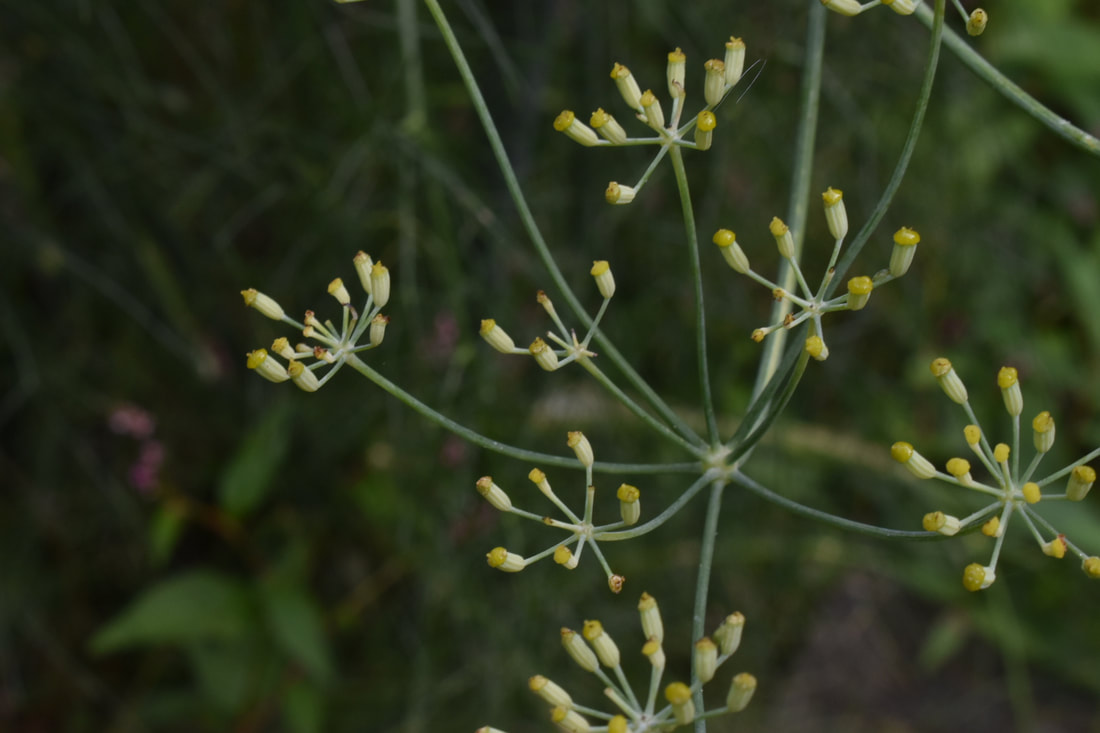
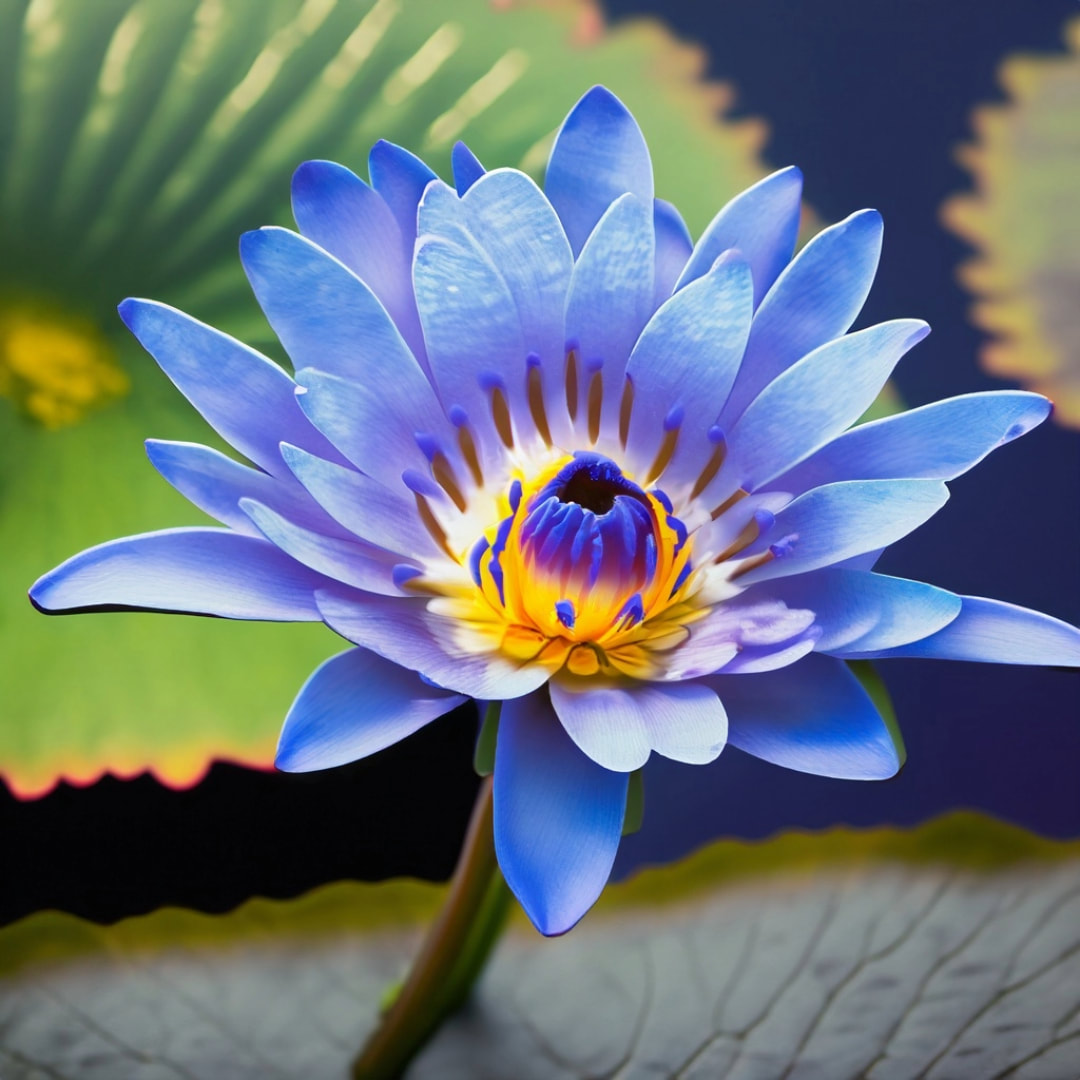
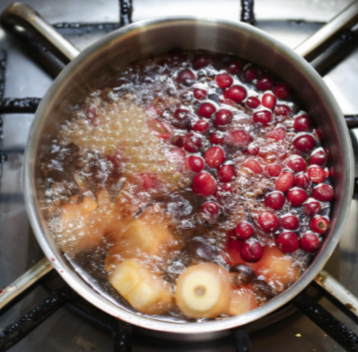
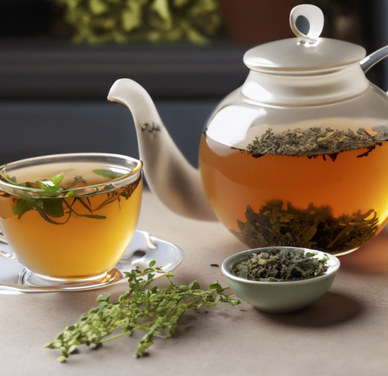
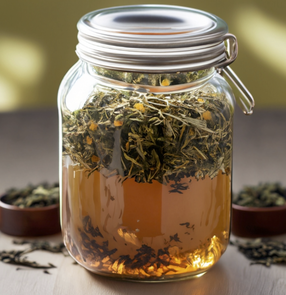


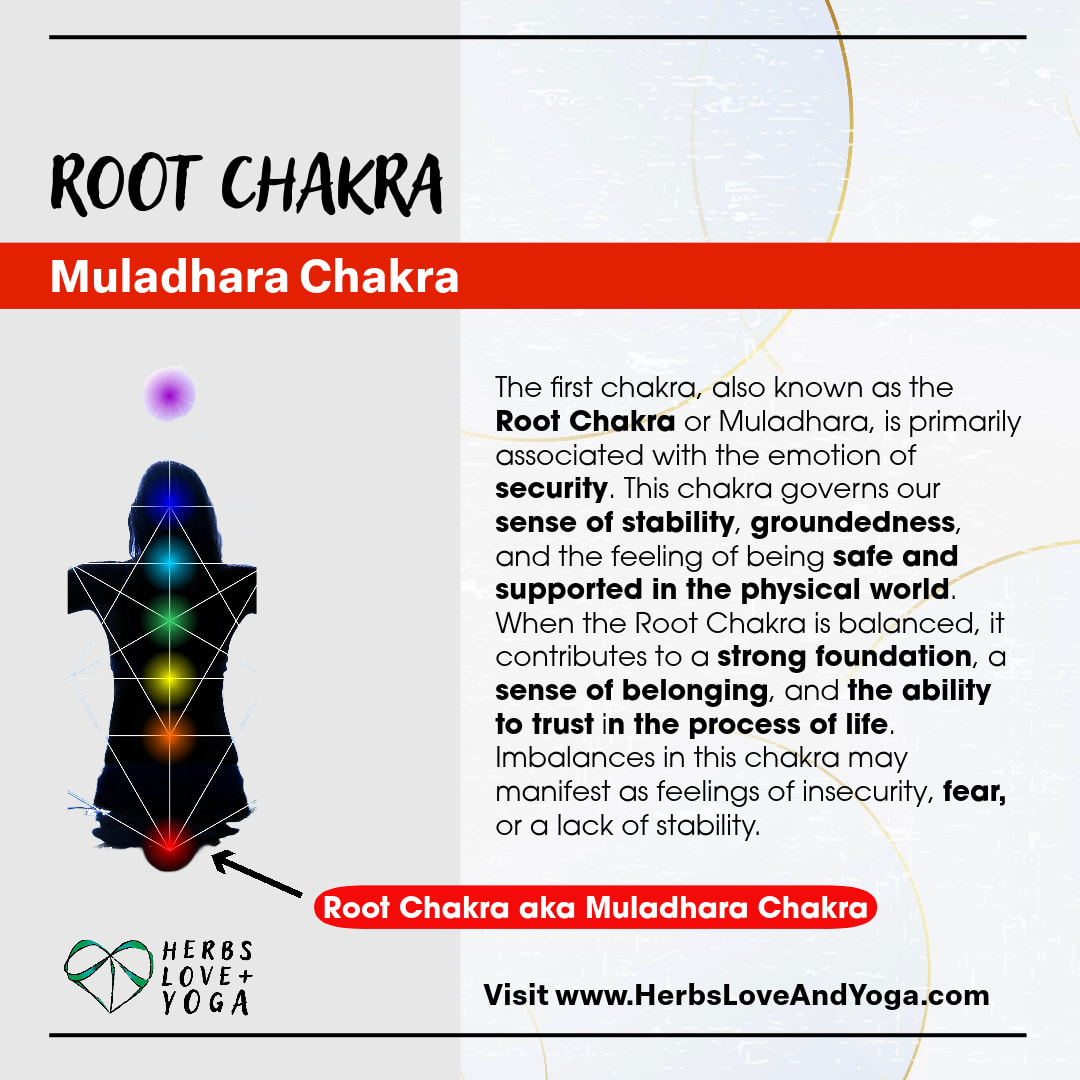
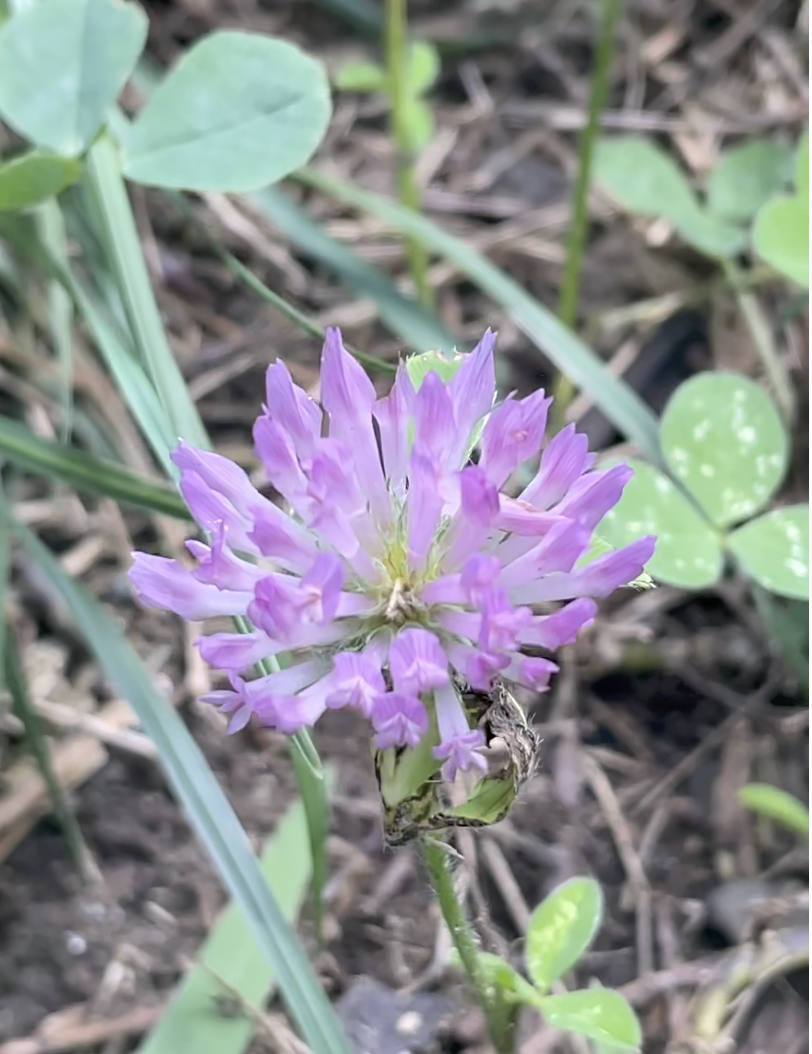
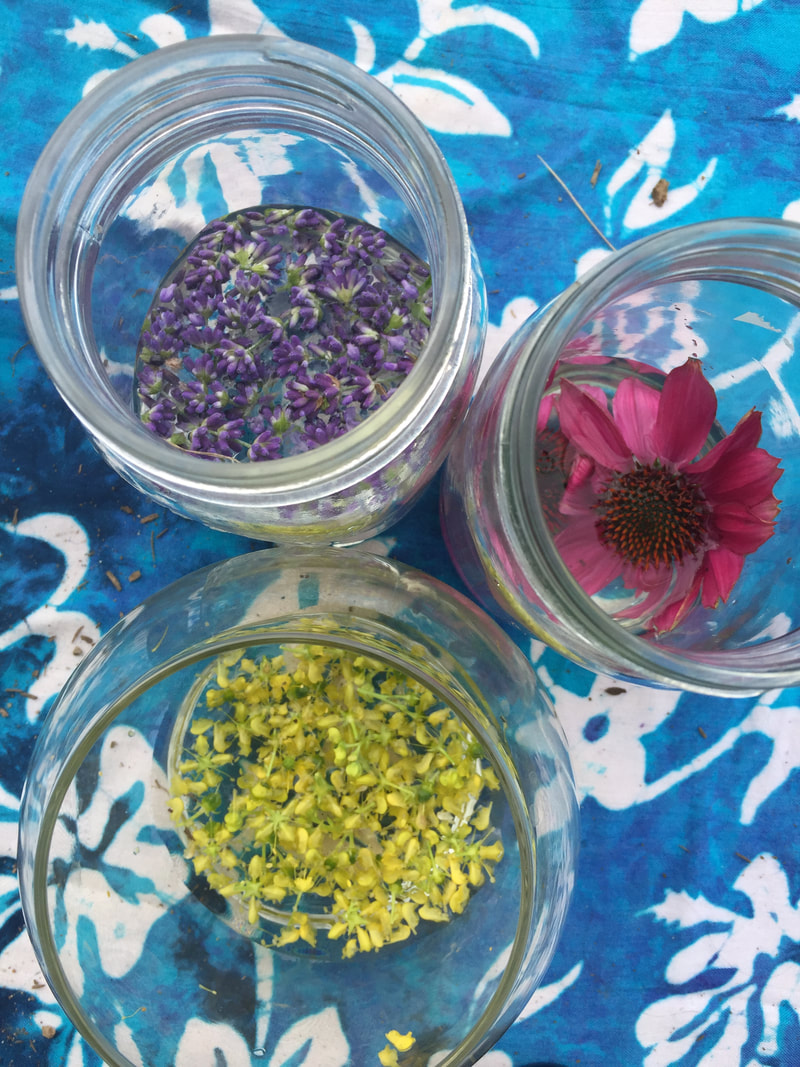

 RSS Feed
RSS Feed

